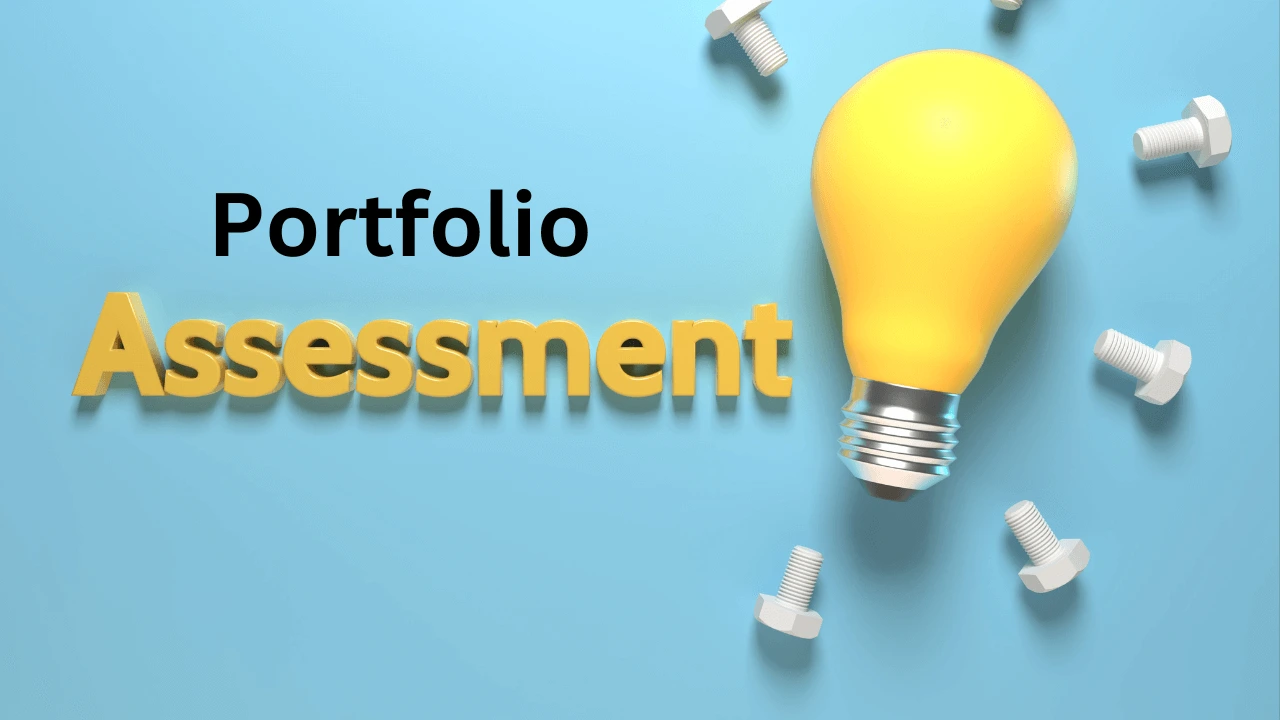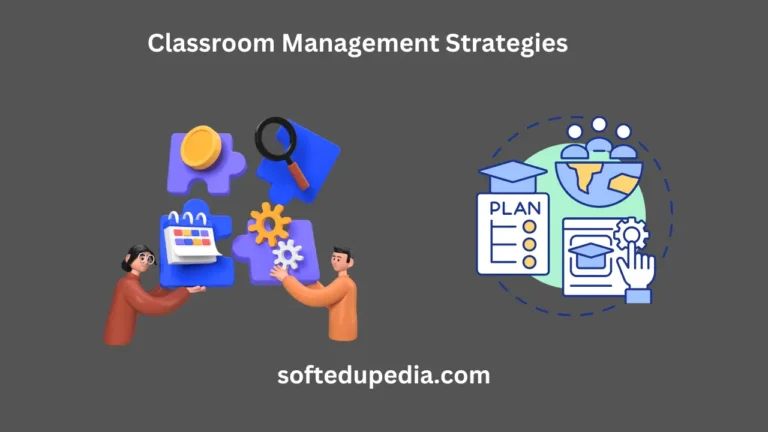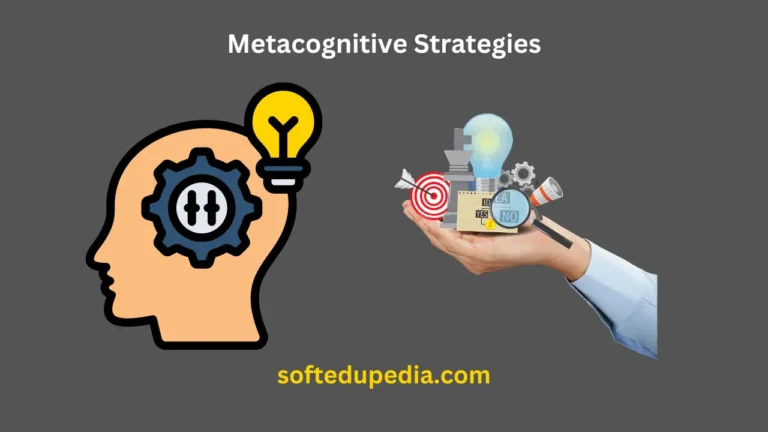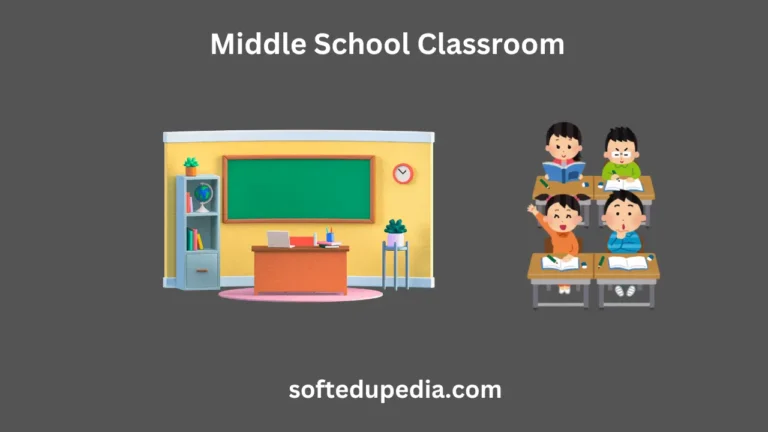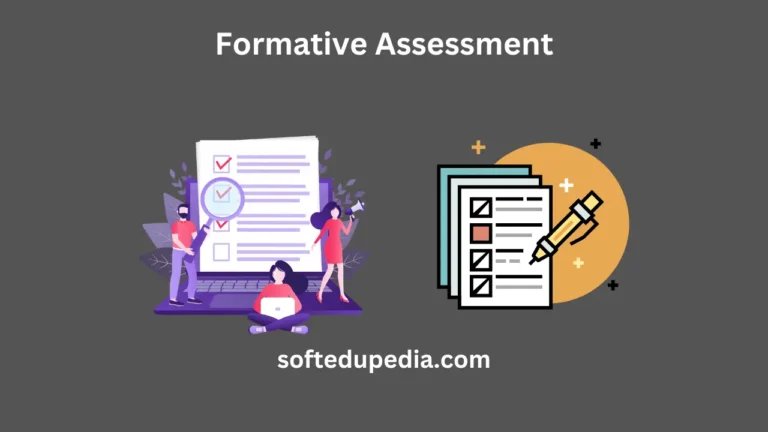Portfolio Assessment in Education: The Ultimate Guide
Traditional tests are sometimes attacked in modern education for not adequately reflecting a student’s learning path and growth. One very effective substitute that provides a whole picture of a student’s development and aptitudes is portfolio assessment. Emphasizing its advantages, implementation techniques, and practical applications in many educational environments, this guide investigates the complexities of portfolio evaluation. Examining the subtleties of portfolio assessment helps teachers and stakeholders to better use this approach to improve student learning and evaluation.
Table of Contents
Understanding Portfolio Assessment
To evaluate a student’s learning and growth, portfolio assessment entails gathering and reading over time a body of work. Unlike conventional assessments that give a moment-in-time picture of a student’s aptitudes, portfolios give a dynamic and complete picture of a student’s academic development. Key components of portfolio evaluation include a range of work examples, including essays, projects, presentations, and self-reflections, which taken together show a student’s abilities, knowledge, and development.
Why It Matters
The move toward portfolio assessment mirrors a larger educational trend toward more individualized and thorough evaluation techniques. Many often, traditional assessments overlook the several methods in which students absorb and communicate their knowledge. By including a greater spectrum of student work and offering insights into their learning strategies, portfolios help to close this disparity. This method not only presents a more realistic view of a student’s aptitudes but also promotes constant development and introspection.
Benefits of Portfolio Assessment in Education
Enhanced Student Engagement
By including students more actively in the evaluation process, portfolio assessment greatly increases their involvement. Unlike conventional assessments, which may be considered as passive, portfolios demand of students to actively choose, evaluate, and display their work. This participation helps students to take responsibility for their educational path and develops a closer relationship with the learning resources.
Holistic View of Student Progress
A major benefit of portfolio assessment is its capacity to offer a whole picture of student development. A portfolio captures a broad spectrum of work examples, therefore providing a more complete view of a student’s abilities, areas of strength and weakness. This method helps teachers evaluate not just the end results but also the process and evolution throughout time, therefore producing a more complex knowledge of student learning.
Encouraging Self-Reflection
A key element of portfolio assessment is self-reflection. Regular examination of their own work and goal setting for development help pupils acquire critical metacognitive abilities. By means of this self-reflective process, students acquire understanding of their learning patterns, strengths, and areas of need for development, therefore promoting higher self-awareness and personal development.
Portfolio Assessment vs. Traditional Testing
Comparison of Methods
Two different ways to gauge student success are standard testing and portfolio evaluation. Usually using standardized questions, traditional examinations evaluate knowledge and abilities at a given moment. By analyzing a variety of work gathered over time, portfolio assessment provides a continual and complete picture of a student’s competencies. This analogy emphasizes how portfolios provide student with a better, more thorough awareness of their educational path.
Advantages of Portfolios
There are various advantages in portfolio testing over more traditional ones. They not only provide an understanding of the learning process but also a greater range of student work, thereby addressing not only the outcome. This approach enables more pertinent comments to come from you and helps to enable customized learning opportunities. Portfolio also enable students to assess their work and growth, therefore raising their self-awareness and supporting continuous improvement.
Case Studies or Examples
Portfolio evaluation has been effectively used in several colleges and educational initiatives to improve student performance. To monitor student writing development, a California middle school, for instance, used portfolio evaluation. Through portfolio analysis, teachers were able to give more focused comments and help, therefore enhancing writing ability and raising student involvement. Such case studies show the useful advantages and efficiency of portfolio evaluation in actual classrooms.
How to Implement Portfolio Assessment in Schools
Steps for Effective Implementation
Using portfolio assessments in classrooms calls for many important phases. Teachers must first specify the aims and objectives of the portfolio assessment, together with which facets of student learning will be evaluated. Schools should therefore set explicit policies and criteria for portfolio materials, thereby guaranteeing consistency and conformity with educational standards. To guarantee everyone knows the procedure and objectives, teacher and student training is also absolutely vital.
Tools and Resources
Many tools and resources help to create and maintain portfolios. Convenient methods to arrange and save portfolio content are provided by digital platforms such as Google Drive or specialist portfolio tools. Teachers could also help students create their portfolios and assess their work using models and rubrics. These instruments improve the efficacy of the portfolio and assist in simplifying its handling.
Training for Educators
Good use of portfolio assessments calls for extensive teacher preparation. By means of professional development seminars and training courses, instructors may grasp the ideas of portfolio evaluation, create suitable rubrics, and incorporate portfolios into their daily instruction. Successful adoption and ongoing use of portfolios in the classroom depend partly on constant support and cooperation among teachers.
Digital Portfolios: A Modern Assessment Tool
Advantages of Digital Portfolios
Many times, digital portfolios provide more benefits than conventional paper-based ones. They let students incorporate multimedia components such as movies, audio recordings, and interactive projects by giving them more freedom in how work is displayed and accessible. Remote and hybrid learning environments would benefit much from digital portfolios as they are also more readily shared and updated.
Best Practices for Digital Portfolio Creation
Making great digital portfolios calls for various recommended practices. Pupils should be urged to carefully choose works that most fairly reflect their abilities and successes. Clear rules on how to arrange and show work help to guarantee that the portfolio is aesthetically pleasing and navigable. Furthermore suggested should be consistent updates and reflections to maintain the portfolio relevant and current.
Tools and Platforms
Digital portfolios may be created with help from several tools and platforms. Popular choices with special capabilities for developing and managing digital portfolios are Google Sites, Seesaw, and Adobe Spark. These technologies simplify students’ creation of professional and interesting digital portfolios by offering templates, multimedia integration, and sharing choices.
Portfolio Assessment in Project-Based Learning

Softedupedia.com
Integration with Project-Based Learning
Perfectly complementing project-based learning (PBL), portfolio evaluation offers a complete means of recording and assessing student work. Students work on longer, real-world projects in PBL that call for critical thinking, problem-solving, and teamwork. From planning and execution to introspection and presentation, portfolios provide a means to document the several phases of these initiatives.
Tracking and Assessing Projects
Tracking and evaluating work through portfolios lets teachers see student development over time. Project drafts, final products, and comments may all be included by students into their portfolios therefore offering a comprehensive picture of their work. This method enables teachers to assess the procedures and competencies required in finishing the project in addition to the result.
Examples and Case Studies
Portfolio evaluation has been applied successfully in project-based learning at several educational institutions. For instance, a New York high school included portfolios in its science course so that students may record their research efforts. This method helped to better understand student learning and enabled more tailored comments, therefore improving the whole learning process.
Portfolio Assessment for Special Education
Tailoring Portfolios for Special Needs
Customizing the content and style to fit individual learning needs helps portfolio assessments to be fit for special education students. To guarantee that portfolios fairly represent every student’s development and skills, this might include offering extra help—such as one-on-one direction or adjusted evaluation criteria.
Benefits for Special Education Students
Portfolio-based tracking of development and success is a useful tool for special education students as well. Portfolio-based assessments enable for a more customized and flexible approach that fits many learning environments and demands. This approach offers a more inclusive and encouraging assessment procedure, therefore accentuating the successes and abilities of kids in special education.
Strategies and Tools
Using assistive technologies, offering tailored assistance, and establishing clear, reasonable goals are three effective ways to use portfolio assessment in special education. By allowing teachers to customize portfolios to the requirements of special education children, tools including digital portfolio platforms and customized assessment rubrics help to guarantee that the assessment process is equitable and significant.
Rubrics for Assessing Student Portfolios
Importance of Rubrics
Since they provide exact criteria for evaluating student work, portfolio assessments rely largely on rubrics. They assist instructors and students in understanding the standards and expectations for portfolio content, therefore preserving consistency and equity in the assessment process. Rubrics also assist in reducing subjectivity and prejudice by enabling more impartial and open evaluation.
Creating Effective Rubrics
Teachers should specify certain criteria that fit the learning objectives and portfolio aims to design reasonable rubrics for portfolio evaluation. Comprehensive and clear, rubrics should specify the expectations for every element of the portfolio. Including students in the process of developing the rubric will help to improve their comprehension and participation.
Examples of Rubrics
For portfolio evaluation, rubrics should contain standards for organization, quality of work, introspection, and following policies. A rubric could evaluate, for example, the coherence and clarity of written responses, the relevance and diversity of the work samples, and the general portfolio presentation. Teachers creating their evaluation instruments might find helpful models in sample rubrics.
Conclusion
All things considered, portfolio assessment offers a more all-encompassing and dynamic way to gauge student development than conventional testing strategies. Portfolio presentations offer a whole picture of a student’s aptitudes, talents, and development throughout time by including a variety of works. This method not only improves student involvement and encourages self-reflection but also provides a more complex picture of learning results than more traditional examinations.
Portfolio assessment help to enable greater student participation, a better view of their academic path, and continuous self-evaluation. Including digital portfolios and matching them with project-based learning will help to improve their efficacy even as education changes. Portfolio assessments provide a customized and adaptable means of evaluation for special education children, therefore meeting their particular requirements and learning styles.
Future directions for portfolio assessment in education seem bright. Growing focus on individualized learning and technological developments means that portfolios will probably play an ever more central role in the terrain of education. To better assist student growth and offer a more realistic picture of their learning successes, teachers are urged to investigate and apply portfolio assessments in their activities.
Teachers must embrace portfolio assessments and use their ability to change student evaluations as we proceed. Teachers may help to create a more all-encompassing, inclusive, and efficient learning environment by using this strategy.
